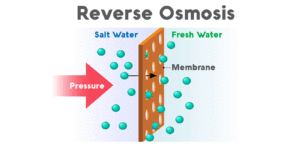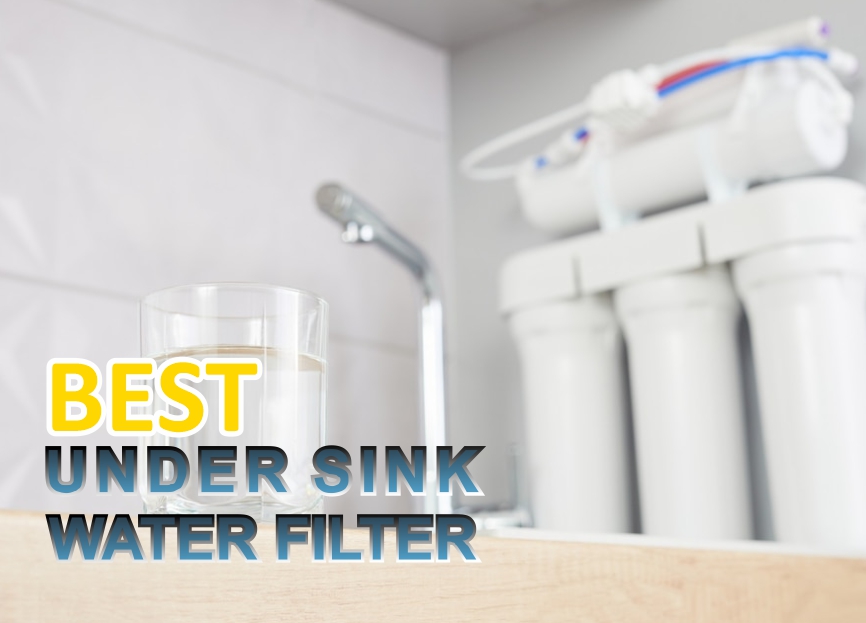Reverse Osmosis
Water is the eternal solvent of life. But as our water sources get dirtier, we need more powerful filter systems that are also easy to ...
The Best Under Sink Water Filter
How Do You Choose the Best Under Sink Water Filter
In today's world, people are increasingly mindful of the quality of their lives, pa...
What is Boil Water Advisory?
The problem of rising water contamination is currently primarily caused by two factors: climate change and deteriorating infrastructure...
Clean Your Plumbing Fixtures of Hard Water Stains
One of the biggest monetary commitments most of us will ever make is buying a place to live. That sense of accomplishment is something ...
Use a Water Filter & Softener System to Eliminate Skin Issues
You might attribute an unfavorable response to anything you ate the previous night if tiny, itchy red and white welts swarm your skin a...
GenX in Water related Health Concerns, and Filtration Methods
News of a long-standing chemical spill into North Carolina's Cape Fear River first surfaced in June 2017. Citizens were unaware that a ...
Water Flow Rate of Average House
When you open a tap, a dribble rather than a continuous stream comes out. It takes an eternity for a cycle to finish in your dishwashin...
Heavy Metals in Water Cause Bioaccumulation
In this blog I will share information about the presence of heavy metals in water and their harms. A lot of the elements found in water...
Things That Should Never Get to the Water Drains
In this blog, I will mention the things that should not enter the water drains or they will cause serious harms to you by passing throu...
Is Carbonated Water Bad For Your Health?
Many people now drink sparkling, bright, carbonated water every day, and the business is worth billions of dollars. This is hardly shoc...




